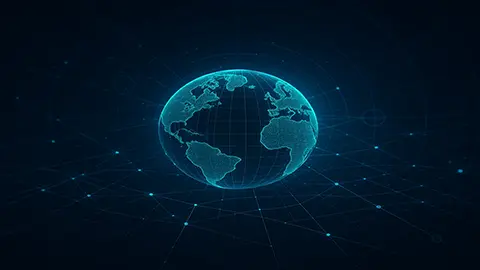One in Five EV Drivers Couldn’t Charge
With the number of electric vehicles on American roads growing quickly – their market share eclipsed 5 percent for the first time in 2022, and continues to rise – the demand for convenient charging is greater than ever. While most electric car buyers will charge at home overnight, many will still need to top up their EVs on road trips, or will use public charging because they do not have access to a Level 2 charger at home or work.
The American public infrastructure is growing, but is struggling to keep up with increasing adoption of electric cars. And with the technology in its infancy, many EV drivers are experiencing a less-than-ideal charging experience. In fact, market-research firm J.D. Power, which recently surveyed over 11,000 electric vehicle drivers, found that more than one in five experienced an inoperable or broken charger in 2022. Indeed, 21.4 per cent of those surveyed failed to charge their EVs in a total of over 25,000 charging sessions – a 7 percent increase over the first quarter of 2021.
“Public charging continues to provide challenges to overall EV adoption and current EV owners alike,” said Brent Gruber, executive director of global automotive at J.D. Power. “Not only is the availability of public charging still an obstacle, but EV owners continue to be faced with charging station equipment that is inoperable.”

Growing Public EV Charging Infrastructure, but Condition is an Issue
Continued growth of our nation’s public charging infrastructure is making it easier for EV owners to find public charging stations. On a 1,000-point scale, J.D. Power’s survey found that the ease of finding a location was 724 for users of DC fast chargers and 683 for users of Level 2 chargers – better than ever before. The federal government’s National Electric Vehicle Infrastructure (NEVI) program is providing funds to states to build public charging infrastructure, which should lead to even more charging stations.
But J.D. Power says that simply adding stations isn’t the answer. There are still many heavily-traveled routes in the U.S. that lack sufficient charging stations, and high-density areas where people don’t have access to residential charging are still under-served. For instance, the west coast, which has the greatest number of chargers, also has the highest concentration of EV owners – and they are not as satisfied with charger availability as drivers in the west north central region (Iowa, Kansas, Minnesota, Missouri, Nebraska, North Dakota and South Dakota).
And as the survey highlights, it’s not just the number of chargers that’s an issue; it’s the condition of the chargers. Of the one in five respondents that were not able to charge, 72 percent indicated that it was due to the station malfunctioning or being out of service. Electric vehicle chargers, especially the high-powered DC fast chargers so essential to long-distance freeway travel, are sophisticated devices that need to be inspected and maintained regularly. The east north central region of the U.S. (Illinois, Indiana, Michigan, Ohio and Wisconsin) has the highest level of satisfaction with the condition of public chargers.

Tesla Customers Most Satisfied
The study also dug into which charging networks provided the highest level of customer satisfaction. Satisfaction was measured across 10 factors: ease of charging; speed of charging; cost of charging; ease of payment; ease of finding this location; convenience of this location; things to do while charging; how safe you feel at this location; availability of chargers; and physical condition of the charging location.
Unsurprisingly, Tesla’s charger network got the highest marks, both among Level 2 charging stations (with a score of 680 out of 100) and Level 3 charging stations (with a score of 730). Second-place in customer satisfaction was Volta, with a score of 667, and in third place was ChargePoint, with a score of 639. The scores highlighted the importance of both convenience and price for choosing a charging location for Level 2 chargers; for Level 3 chargers, however, drivers on a planned road trip often have no alternatives.
“Everyone knows that the landscape of gas stations is focused on convenience—readily available, fast fueling and quick convenience items,” Gruber said. “Although fast charging is seemingly getting faster by the day, to expedite the charging process, vehicles will need to accommodate the newest ultra-fast chargers. Currently, only a handful of vehicles can take advantage of the fastest charging speeds. And no matter how fast their vehicle charges, EV owners still indicate they need more options for things to do during each charging session to enhance convenience and fill their down time.”
















